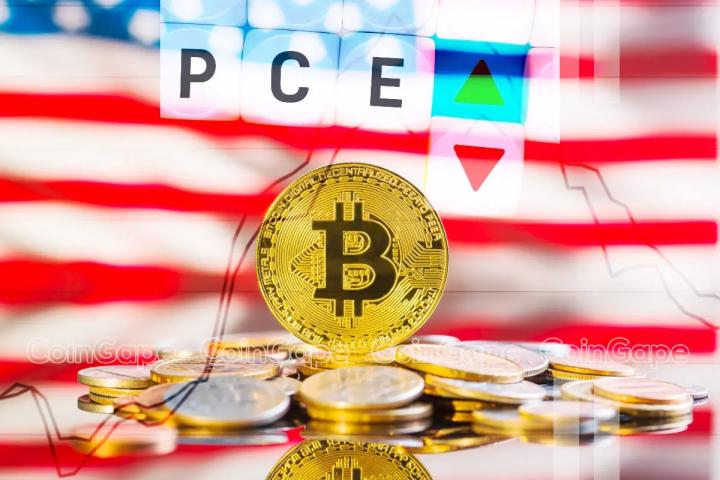Author: David Hoffman, Co-founder of Bankless; Translation: Jinse Finance xiaozou
This week's crypto topic revolves around Circle and Stripe's successive announcements of enterprise-level L1 blockchains.
Circle's new L1 network Arc is an EVM-compatible permissioned chain, with a consortium of 20 regulated authoritative institutions serving as validator nodes.
The L1 that Stripe is building is likely to use Paradigm's RETH client - a high-performance Ethereum client written in Rust. Paradigm founder Matt Huang serves on Stripe's board of directors and has likely provided crucial technical support for Stripe's chain called Tempo.
The crypto community's discussion this week can basically be summarized as: "Is this good or bad for the crypto industry? What impact does it have on my holdings?"
Personally, I find permissioned L1s extremely boring. In my view, the core value of the crypto field has always been open-source software, with Ethereum at the center of this narrative.
The construction of enterprise-level L1s is far from the main storyline of the crypto world and seems completely irrelevant. For Circle and Stripe, blockchain technology is merely being used as a database architecture - and nothing more.
Will Arc and Tempo Mint L1 Native Assets?
If they choose to do so, it would mean there is an intent towards network decentralization - such chains would start moving in a direction I'm interested in. But with no more data to support this, a reasonable speculation is that both chains will not issue L1 assets and will only serve as private intranets behind front-end applications for stablecoin settlements.
There's an iron rule in the crypto field: any project that can issue a token... will ultimately issue a token (looking at you, Base). So it would be naive to completely ignore this possibility. If these enterprise-level L1s ultimately do issue tokens, it would mean they're taking a step towards an open-source decentralized developer platform - which, in my view, is closer to the main narrative of the crypto world.
Will Stripe and Circle Try to Attract Developers to Build Ecosystems on Their Chains?
Would developers be willing to develop on someone else's territory - without any reward and without owning part of this land? Stripe already has a massive developer community... but that's a Web2 developer community building Web2 front-ends and e-commerce sites. Can this be converted into motivation for Web3 developers to build on Tempo? Would developing on Tempo provide more value than building the same thing on Ethereum or any of its L2s?
Perhaps these chains will ultimately just be lifeless permissioned alliance chains, without L1 native assets, merely serving as backend business logic to replace Visa, Mastercard, and Swift's settlement networks.
None of these questions are settled yet, so I believe it's too early to argue about whether this is beneficial for BTC, ETH, SOL, or the entire crypto industry.
But an undeniable fact is that these enterprise-level L1 chains are beneficial for the Ethereum Virtual Machine (EVM).

It all started with Robinhood Chain, which set a precedent for traditional financial companies building and owning EVM instances. Robinhood has hired EVM developers, and EVM has now become core to their business. Today, we can add Circle and Stripe to this list - these traditional financial companies are hiring and managing EVM talent, incorporating it into their corporate architecture.
So, the core conclusion is: every traditional financial company entering the crypto space needs to recruit EVM developers and views EVM as the ticket to upgrading backend logic to the blockchain era.
Just as Microsoft Excel drove traditional finance operations, the Ethereum Virtual Machine (EVM) is becoming the new ledger software that Wall Street must be equipped with - only then can they maintain market share and avoid being disrupted by innovations in the Ethereum ecosystem.

When you truly dive deep into the Ethereum "rabbit hole", you'll realize that all roads ultimately point to ETH's value capture. Although these paths are somewhat mild and not entirely direct, the expansion of the EVM empire will ultimately bring value appreciation to the asset at its core.








